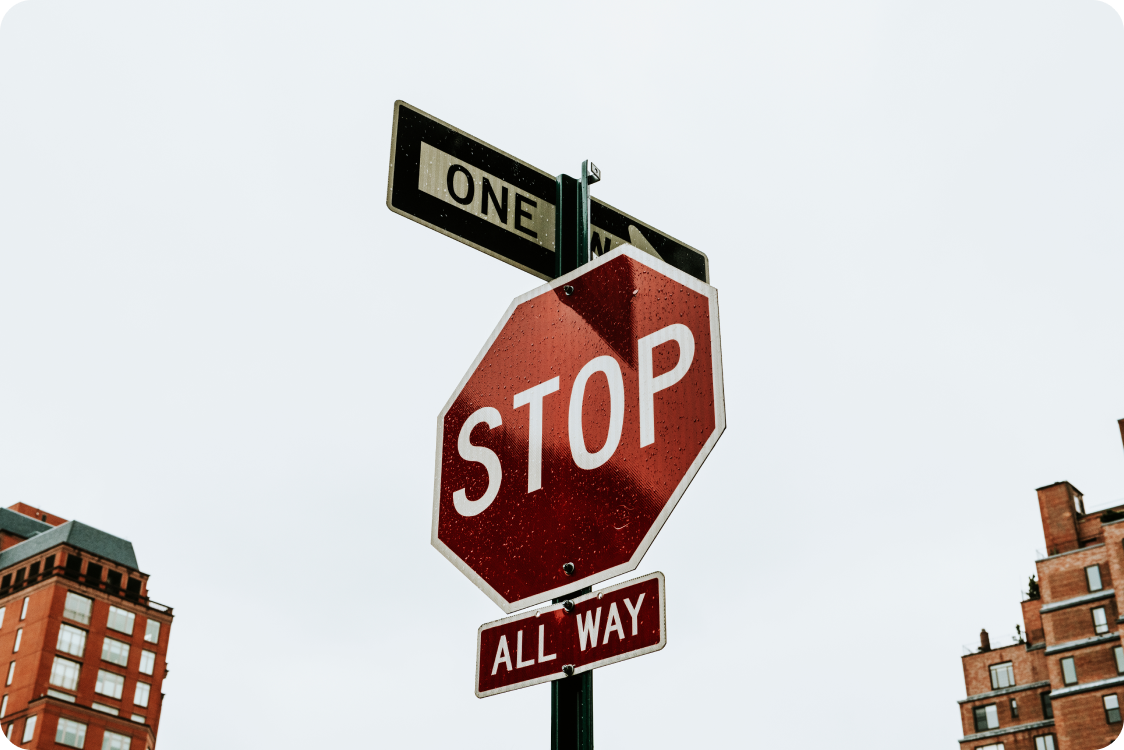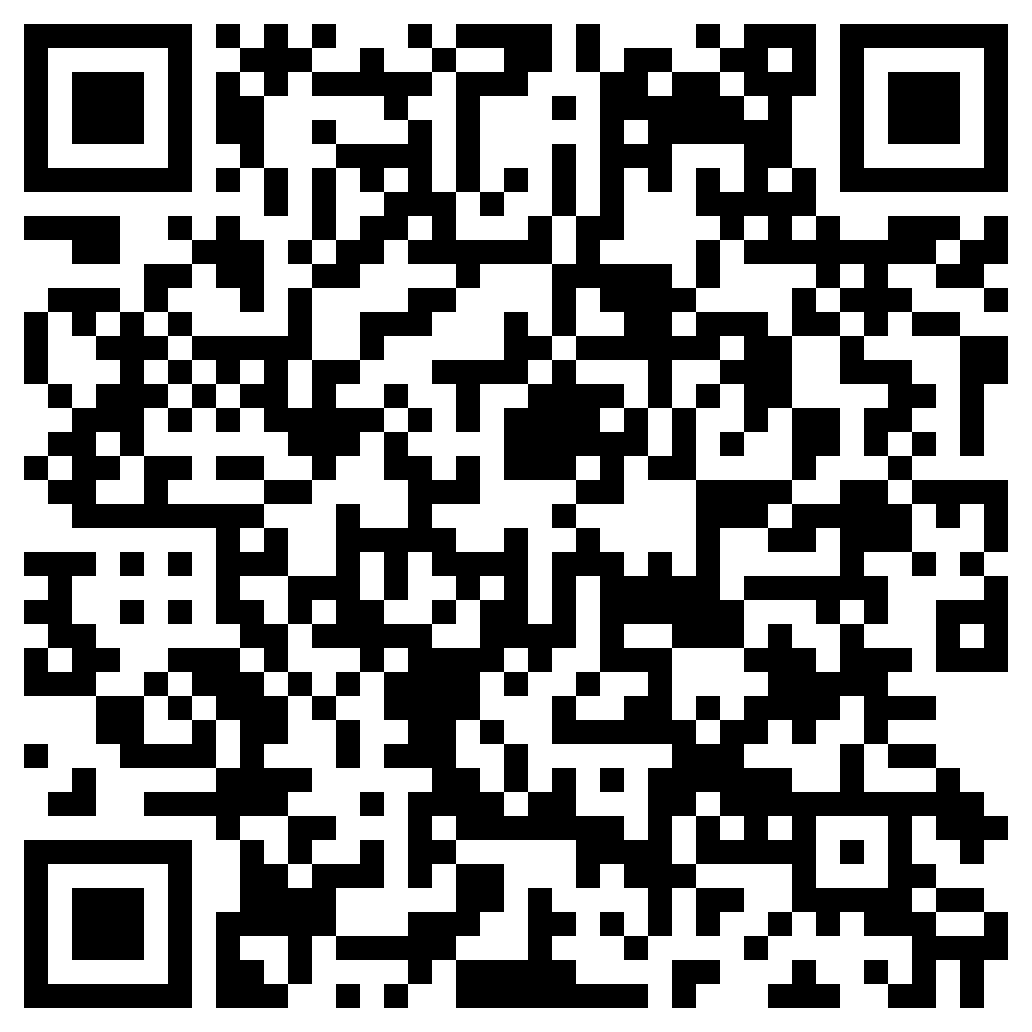Road Signs 101: The Complete Guide About Traffic Signs

Traffic signs provide information on road rules and conditions while also warning you of possible dangers. It's difficult to miss the numerous road signs along U.S. city and suburban roadways when you're driving by. Some are self-explanatory, but the majority need a little explanation to grasp properly. Knowing your road signs will help you on the written test as well as in your driving knowledge.
As you may have noticed, these road signs are available in a wide range of sizes, forms, and colors. These traits have unique meanings that help you understand what to expect when operating a vehicle. You won't ever again pause to consider a U.S. traffic sign after reading this post!
As you may have noticed, these road signs are available in a wide range of sizes, forms, and colors. These traits have unique meanings that help you understand what to expect when operating a vehicle. You won't ever again pause to consider a U.S. traffic sign after reading this post!
U.S. Road Signs and Meanings
FAQs
1. What are the 3 type of signs on the road?
The three main categories of road signs are regulatory, warning, and guide signs. A traffic sign's shape conveys crucial information about the message it is trying to get. When visibility is low, such as when there is a lot of fog, you might only be able to see the form of a sign. You can learn more about the signs used frequently on US roadways in the following section. Traffic violations occur from failing to abide by the signs, but to comply with the signs, both drivers and pedestrians must understand what each sign means.
2. What are the 9 colors of road signs?
Their hue can often determine the information contained in traffic signs:
- Only stop, yield, and prohibition signs are permitted to use red on their signage.
- Fluorescent yellow/green indicates pedestrian crossings and school zones.
- White indicates a regulatory sign.
- Yellow conveys a general warning message.
- Green shows permitted traffic movements or directional guidance.
- Orange is used for warning and guidance in roadway work zones.
- Coral is used for incident management signs.
- Blue indicates road user services, tourist information, and evacuation routes.
- Brown is for guidance to sites of public recreation.
3. What are the 8 shapes of road signs?
You must keep in mind these shapes to determine the meanings of traffic signs:
- Octagon: The only octagon-shaped traffic signs are STOP signs. There are red octagons on each stop sign. The word "STOP" may or may not be present in them.
- Triangle: YIELD signs are inverted triangles in red and white (the tip of the triangle points downward). Triangle-shaped road signs are uncommon.
- Rectangle: Regulation and direction signs both utilize this shape. Rectangles with a vertical axis typically denote regulatory signs, while rectangles with a horizontal axis denote guidance signs.
- Diamond: Only warning signs, including signs for temporary work zones, should be in this shape. A diamond-shaped sign instructs you to slow down and move carefully.
- Pentagon: These markers indicate school zones. Drivers are advised to slow down and watch out for kids playing near the road.
- Circle: Drivers are alerted to the impending presence of a railroad crossing by yellow and black circular signs or white circular signs with an "X" printed on them.
- Pennant: These signs resemble triangle flags that have been stretched out. They signify the beginning of a "no passing zone."
- Other shapes: Route marker sign, as the focus of the sign, the route number is usually the sign's largest element, with other items on the sign rendered in smaller sizes or contrasting colors.





.png)



















